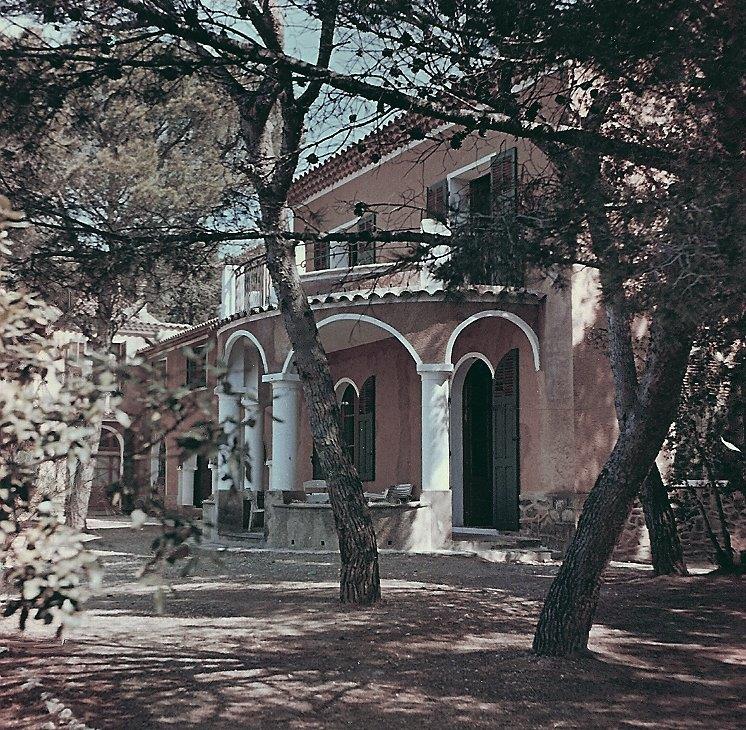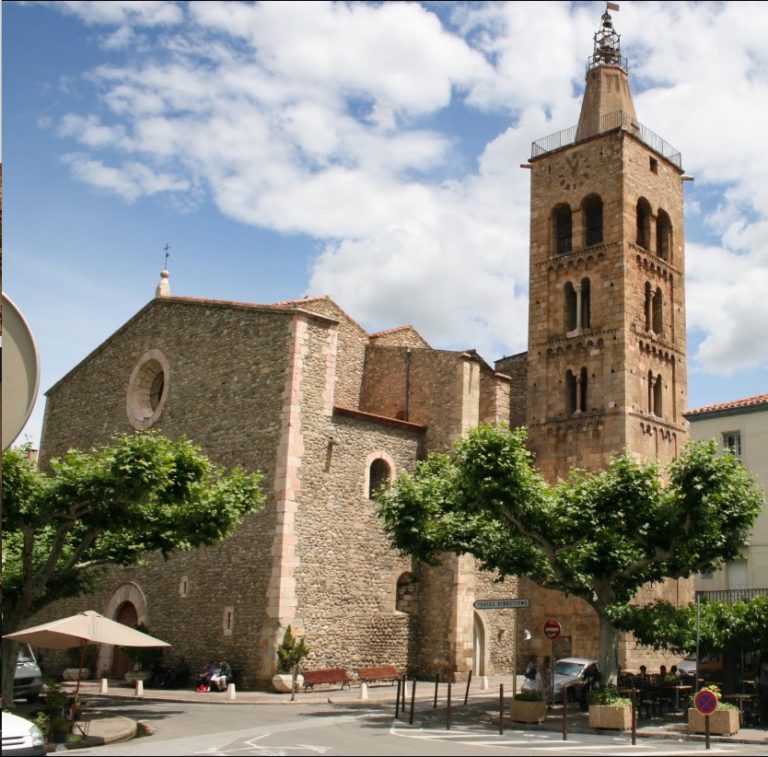Images of significant sites that played a part in the life of Marcel Tabuteau are pictured below. If there are others that you believe should be added, please click Submissions.


Next: Coda
Home » Photo Gallery » Landmarks
Images of significant sites that played a part in the life of Marcel Tabuteau are pictured below. If there are others that you believe should be added, please click Submissions.


Next: Coda
Much of the material on this website is being presented with kind permission of the copyright owners. Any use and/or duplication of certain materials must be approved by the copyright owners. Therefore, you must seek permission at msmostovoy@comcast.net before using or duplicating any material to ascertain whether it is presently under copyright. Certain excerpts and links may be used, provided that full and clear credit is given as per the instructions you will receive from your inquiry. If this website has inadvertently posted material without the proper attribution or authorization, to remedy, please contact msmostovoy@comcast.net.
An audio interview with Joan Browne (Champie), a private Tabuteau student in the early 1950s.
A photograph of the music stand that was in Tabuteau’s private studio in Philadelphia.
An autographed photo of Marcel Tabuteau inscribed to Vladimir Sokoloff.
An autographed photo of Marcel Tabuteau inscribed to Joan Browne Champie.
With the passing of Wilbur Isaac Hilles in August 2023 and now Martha Scherer-Alfee in February 2024, no oboe students of Marcel Tabuteau at the Curtis Institute are still living.
A letter sent to the Curtis Institute by Laila Storch’s mother about Tabuteau not teaching at Curtis—and the reply.